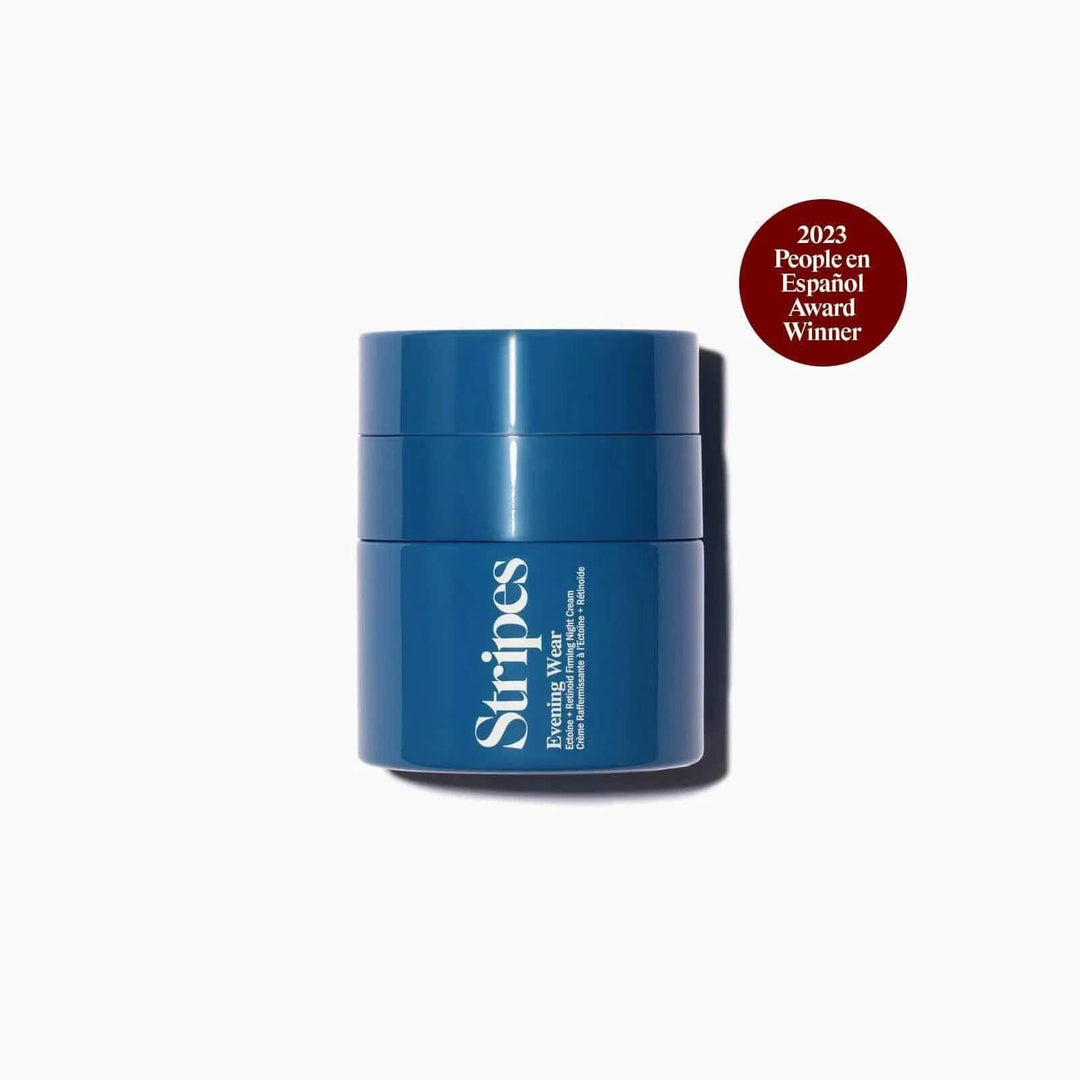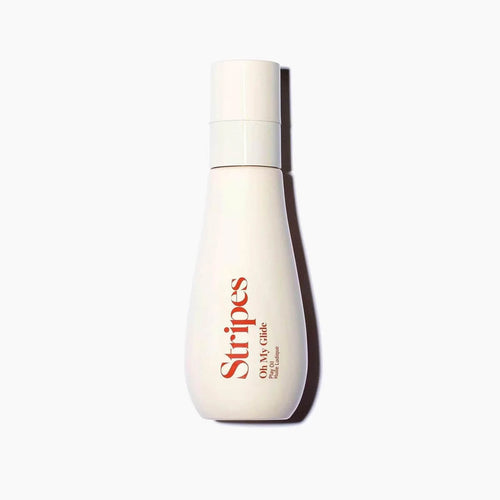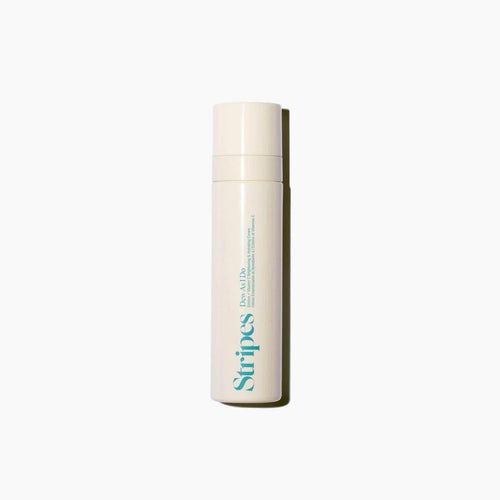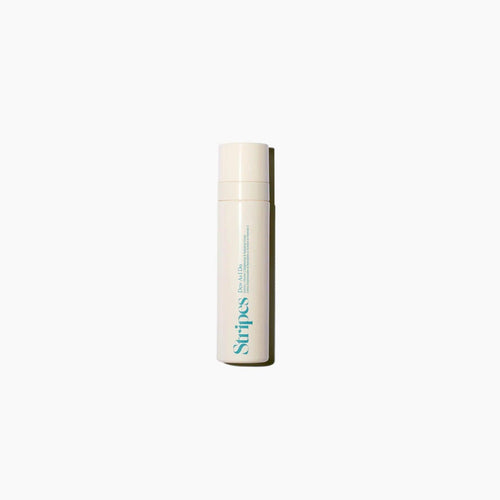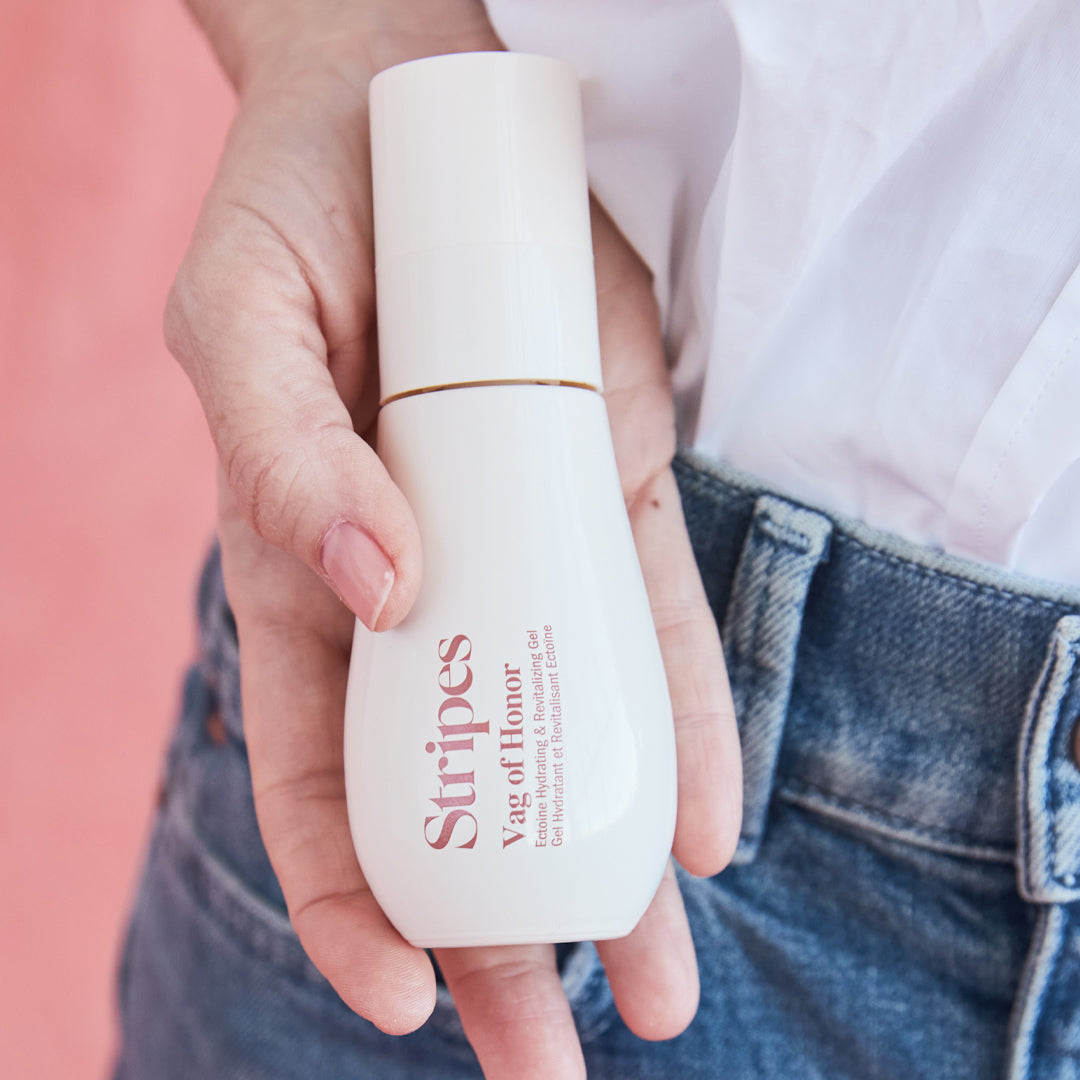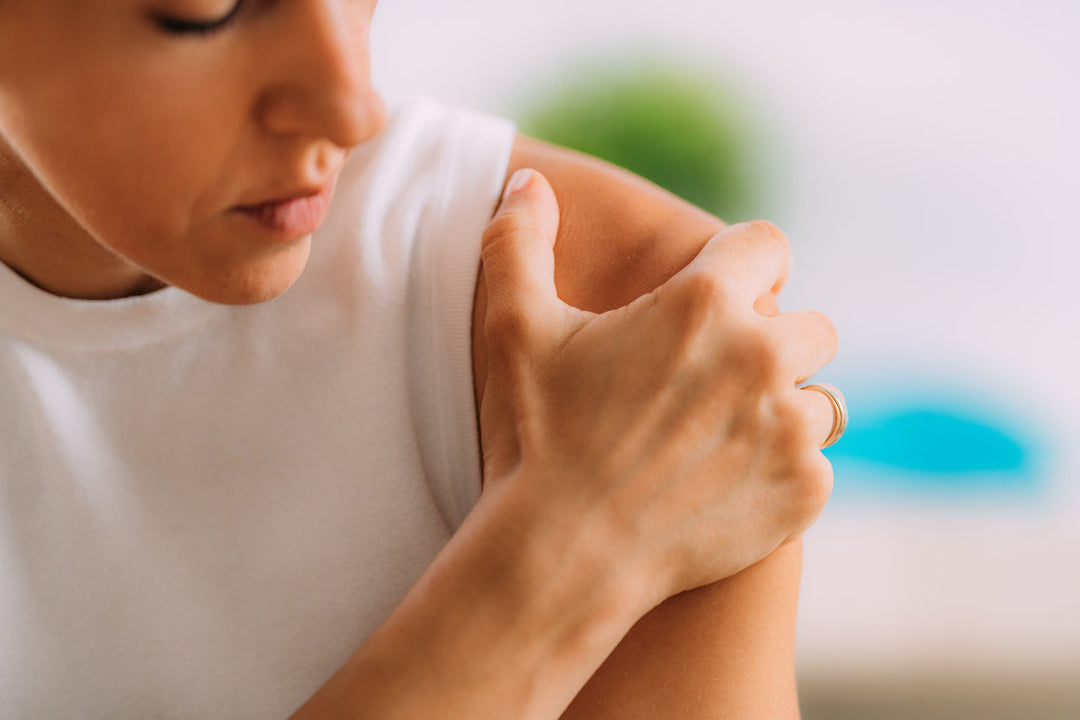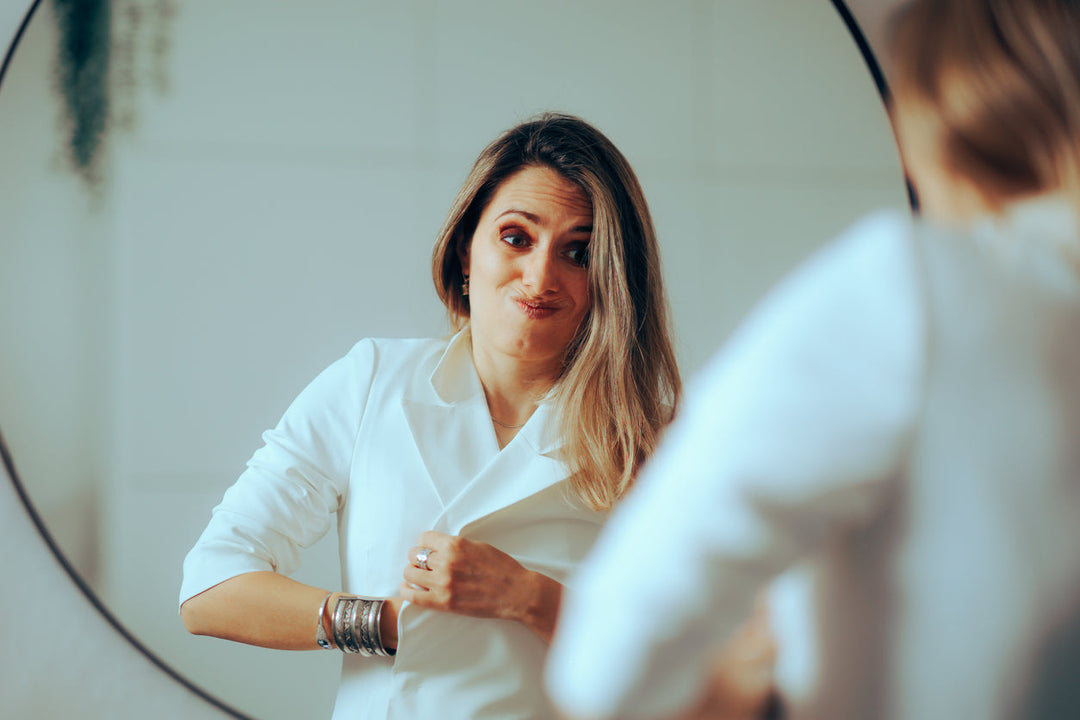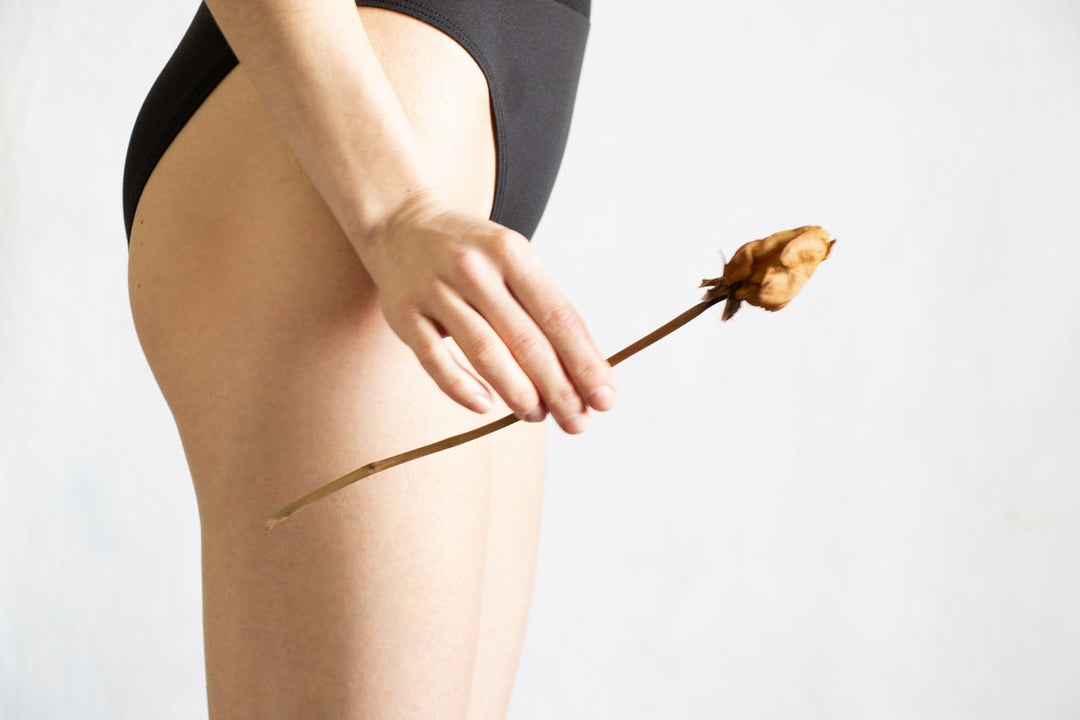Ask A Doctor: Does Perimenopause Cause Acne, and How Do I Fix it?
In each installment of Ask a Doctor, your burning questions about hormones, menopause symptoms, sleep, sex, and more are answered by doctors who specialize in treating women in midlife.
This week: dermatologist Dr. Sarvenaz Zand explains why you might be breaking out during peri/menopause — and what you can do to stop it.
Dear Doctor,
I am 46, and I’ve always had pretty clear skin — a few pimples here and there, but nothing too terrible. But lately, I have been breaking out all over my chin, and the zits are really big and painful. What on earth is happening? Does perimenopause cause acne? And how do I make it stop?? I thought all I had to worry about at this point was dry and sensitive skin, not getting acne all over my face like a high schooler.
P.S. Speaking of high schoolers…can I use my 14-year-old daughter’s products to take care of this?
Dr. Zand says:
At my practice I see a lot of women in their mid-40s experiencing perimenopausal acne flare-ups. In fact, a 2006 survey found that 26 percent of American women experienced acne in their 40s. So, while you may not be excited to be a part of this club, at least know that it’s a pretty big one!
Perimenopausal acne flare-ups are driven by hormone changes, just like the acne you experienced during your high school days. But adolescent acne is also largely driven by oil production, bacteria, and abnormal follicle development, and often presents in the T-zone of the nose, chin, and forehead.
In contrast, the perimenopausal acne you’re experiencing now has very little to do with oil and bacteria — it’s really strictly related to hormones and tends to appear on the lower part of the face, like the chin and jawline. The hormonal shifts we experience during perimenopause and menopause, especially the drop in estrogen, can cause the skin to react by breaking out.
There’s no correlation between whether you had acne as a teenager and whether you’ll have it now. You could have had perfect skin throughout high school but be breaking out now, or you could have had major painful acne as a teen and float through perimenopause with clear skin. There’s no real pattern.
The good news is that perimenopausal acne really responds well to treatment. I often see dramatic results in my patients after about a month.
I find a two-step process is often best: The first step is calming the acne, then moving on to calming the inflammation. In my practice I will often prescribe topical dapsone and topical spironolactone to calm the acne. Dapsone is an antibiotic, and spironolactone is an anti-androgen, which means it can block testosterone’s effect on the skin. I use topical antioxidants and topical caffeine, like green tea bioflavonoids, to calm the skin. Then, after six to nine months, once the skin has been calmed, I add retinol to the mix.
There are some products you will want to skip. Tretinoin, a topical retinoid often prescribed for adult hormonal acne, can be tricky to start using during this period of life. While someone in their 20s, 30s, or even very early 40s might be able to start tretinoin and have fantastic results — and someone who started using tretinoin in their 20s or 30s can use it through their 40s and 50s and continue to have great results — starting it in your late 40s or 50s can make skin incredibly red, angry and irritated, since menopausal skin is often very sensitive.
I would also steer clear of whatever products your teen daughter is using for her acne, which generally contain benzoyl peroxide as an ingredient. The Clearasil your daughter uses is perfect for Her because her skin is tough. She can handle the burn and astringent drying quality of benzoyl peroxide. It’ll shrink her acne and barely irritate her skin. But if you’re dealing with menopausal acne, it will fry and peel the skin so quickly that the acne will make your breakouts look and feel even worse.
My advice: Use products made for your specific acne situation, not for a younger person or someone with a different type of acne. If you do, you should be able to put perimenopausal acne in the rearview mirror fairly quickly.

